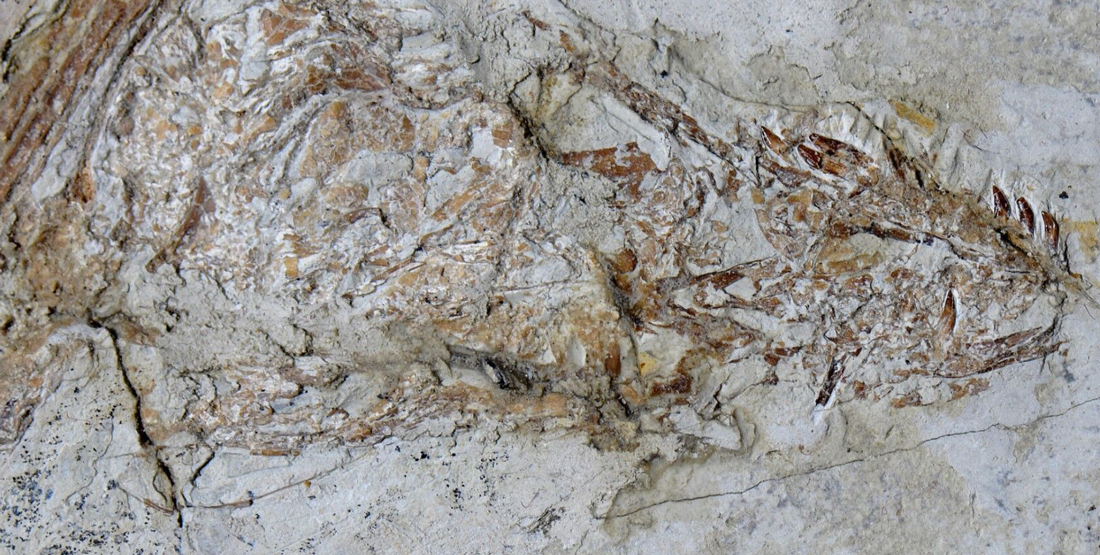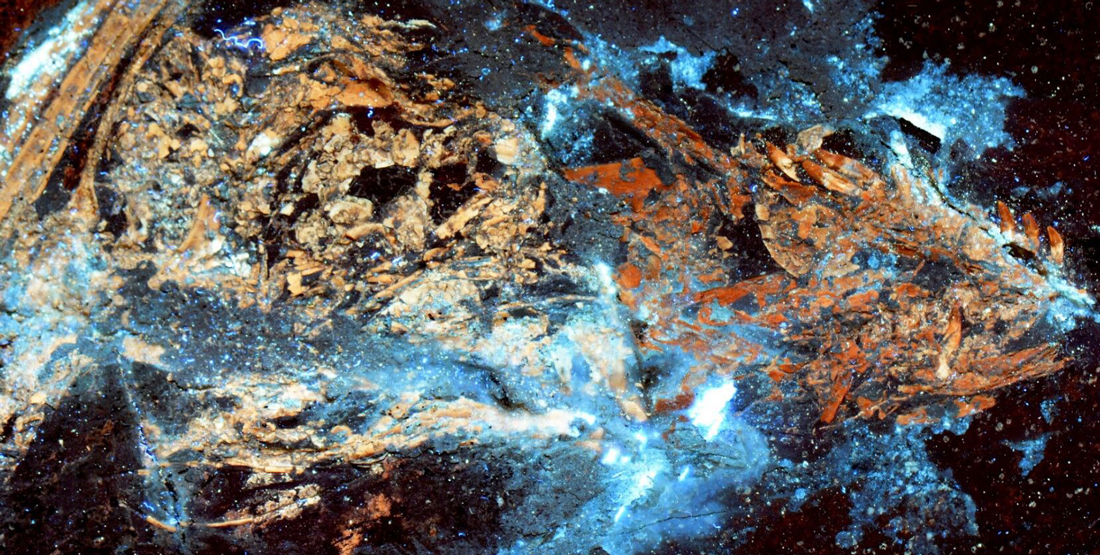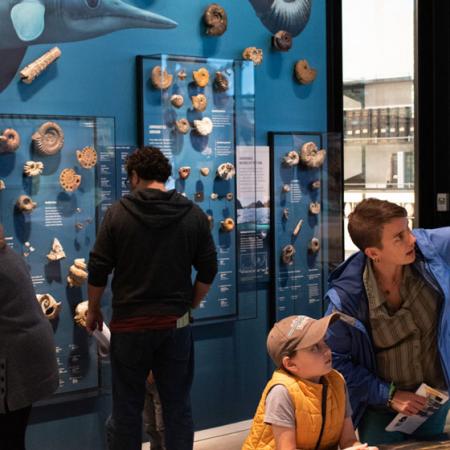In addition to the fossilized feathers, Kaye and colleagues found the LSF technique can identify specimens underneath the matrix the fossil is buried, help automate and speed up the sorting of micro-fossils from gravel, be used in the field to analyze fossils that can’t be removed from the landscape, and even identify possible faked or altered “two-faced” fossils.
There is a short list of non-destructive techniques that are both affordable and accessible for use in paleontology. LSF is a new addition to this list. It provides an instantaneous, non-invasive, geochemical fingerprint of fossilized bone, soft tissue, integument (protective layers like skin and plant cuticles) and the surrounding matrix. The ability to look for hidden specimens in a fossil’s matrix used to be only possible using X-rays, CT scans and other high-cost imaging methods. With LSF, researchers can set up a basic station quickly and for around $500. It could mean a lot of dinosaurs with laser beams on their heads, uncovering hidden fossils and a wealth of anatomical findings in the future.
PLOS ONE study & study information: “Laser-Stimulated Fluorescence in Paleontology.”




